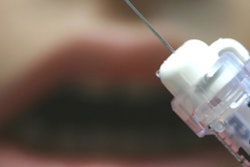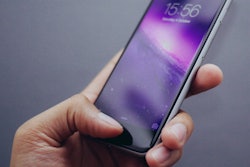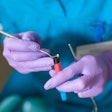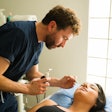
The number of head and neck injuries related to cellphone use has increased steadily over a recent 20-year period, according to a study published December 5 in JAMA Otolaryngology-Head & Neck Surgery.
Distractions, such as texting while walking, led to most of the injuries, many of which were not serious. However, some injuries showed potential for long-term complications, according to the researchers.
"These findings suggest a need for patient education about injury prevention and the dangers of activity while using these devices," wrote the authors, led by Roman Povolotskiy of the department of otolaryngology -- head & neck surgery at Rutgers New Jersey Medical School in Newark.
Approximately 96% of Americans own cellphones, and head and neck traumas make up approximately 5% of emergency department visits in the U.S. With the regular daily use of phones and the number of head and neck injuries, the researchers set out to discover whether a link existed between the two.
They conducted a cross-sectional study of cellphone-related head and neck injury cases reported to the National Electronic Injury Surveillance System (NEISS) database, which is operated by the U.S. Consumer Product Safety Commission and collects data about emergency department visits from approximately 100 U.S. hospitals.
Between January 1998 and December 2017, approximately 2,500 patients went to emergency room departments with head and neck injuries that were related to cellphone use. The estimated weighted U.S. total was about 76,000 patients, according to the researchers.
In 2007, a sharp increase occurred at about nine new cases per 1 million people. By 2016, the numbers peaked to about 29 new cases per 1 million people.
About 33% of patients with cellphone-related injuries experienced head injuries, and another approximately 33% had injuries to their faces, including the eye and nose areas. About half of the injury diagnoses were cuts and bruises, but about 18% experienced internal organ injuries, the authors noted.
Though the findings are telling, the study had limitations, such as the data didn't include cellphone-related injuries that were reported to urgent care centers or other healthcare settings. The database also didn't include information about patient comorbidities, treatments, and outcomes, which would have provided a valuable addition to understanding the management of these patients' injuries.
Despite these limitations, the authors believe this study offers valuable insight into the nature of these common head and neck injuries and what steps can be taken to prevent them.
"Growing dependence on cellphones in modern life may require that steps be taken to educate and promote safe practices for using these devices," they wrote.




















